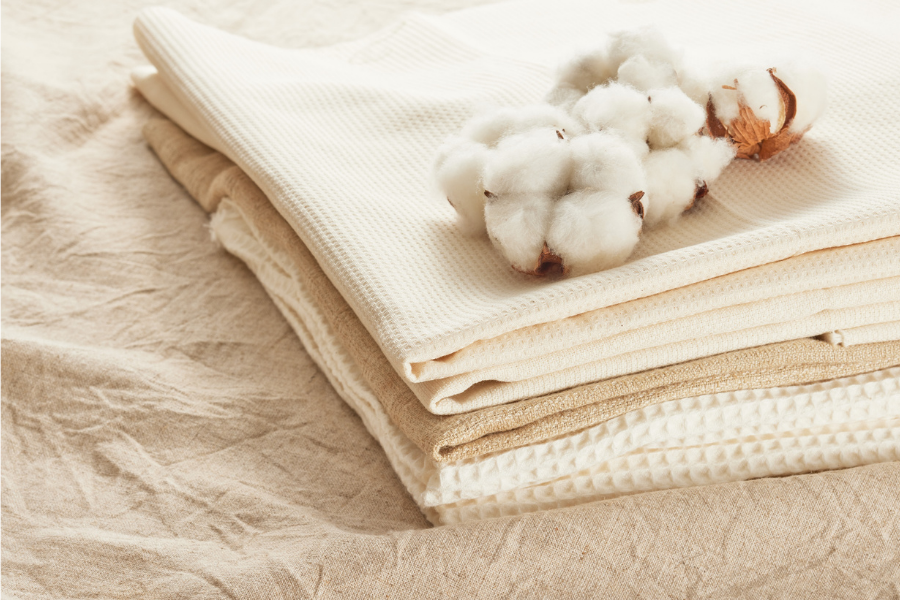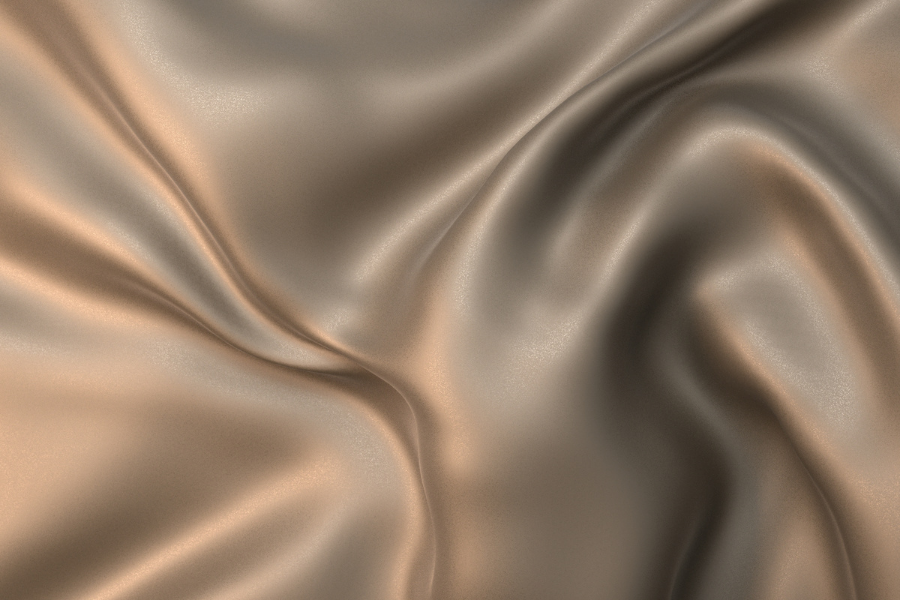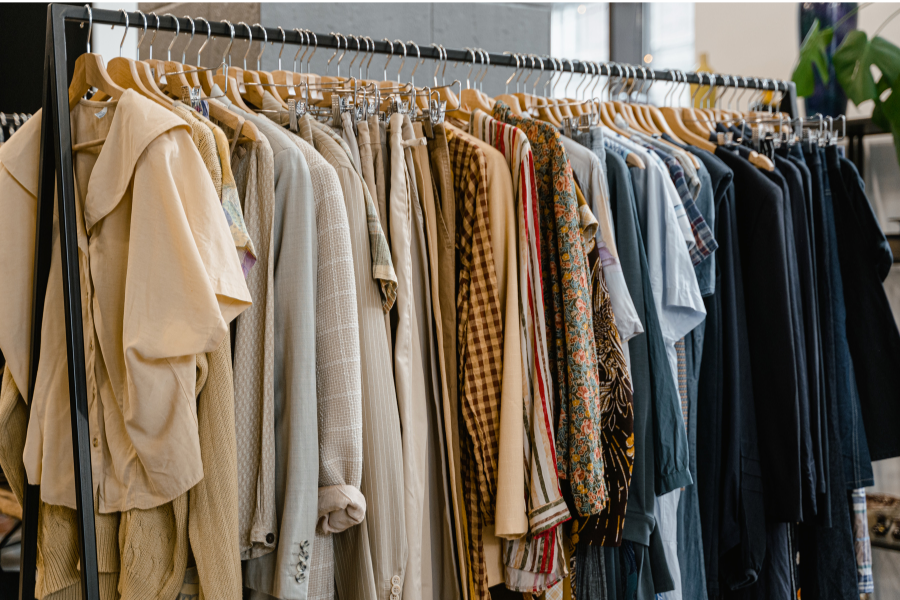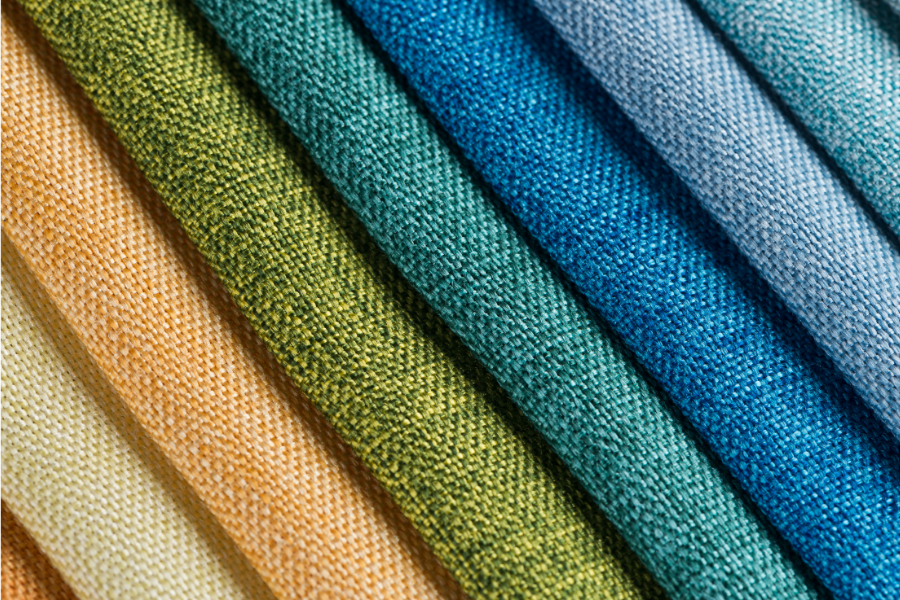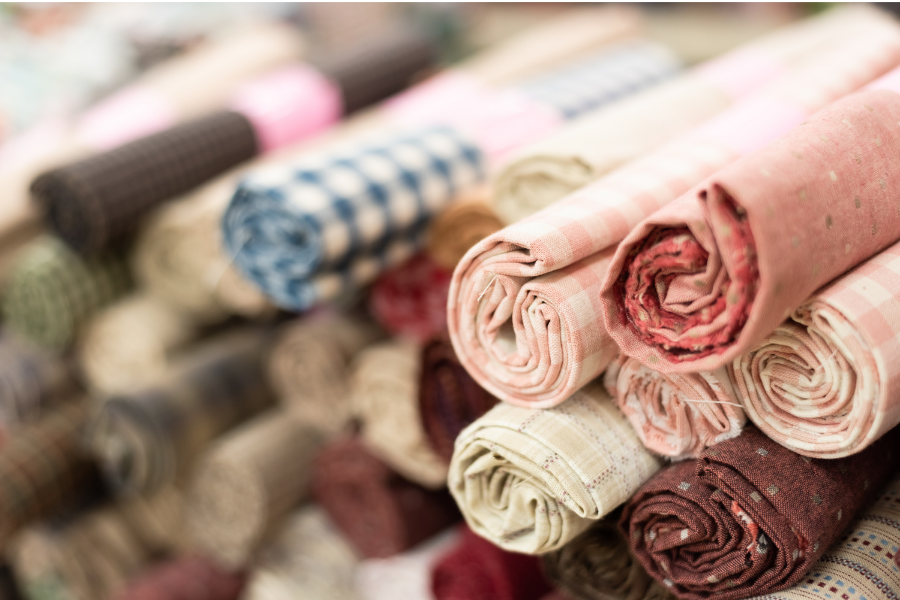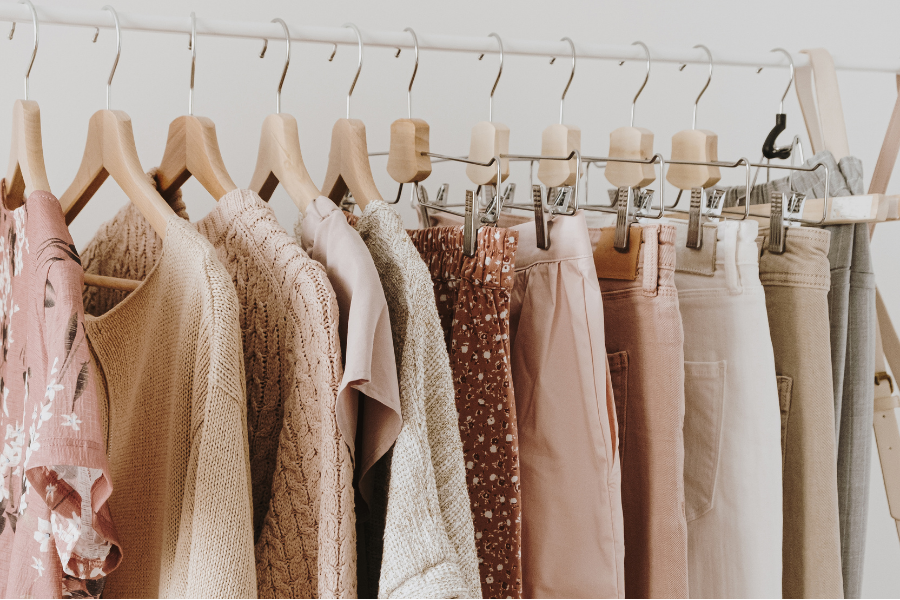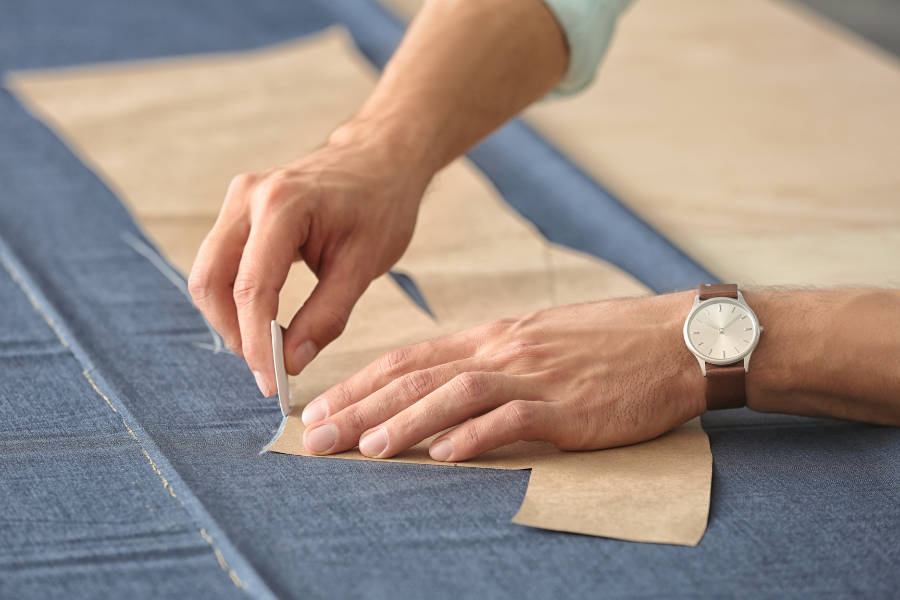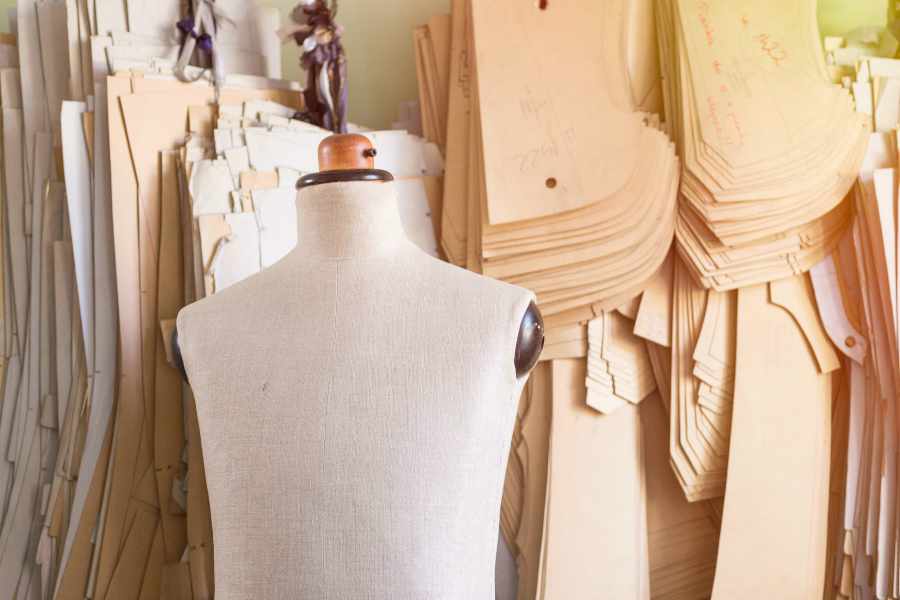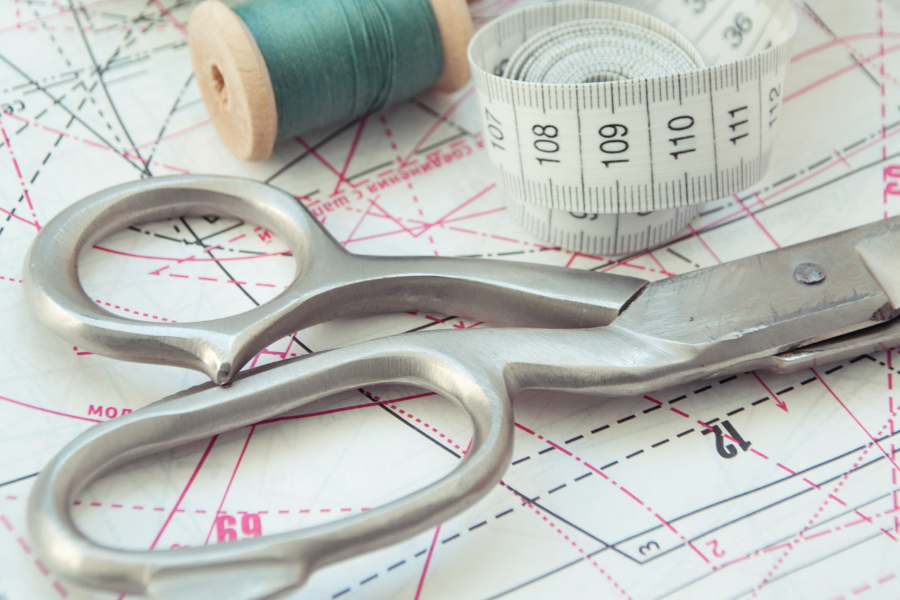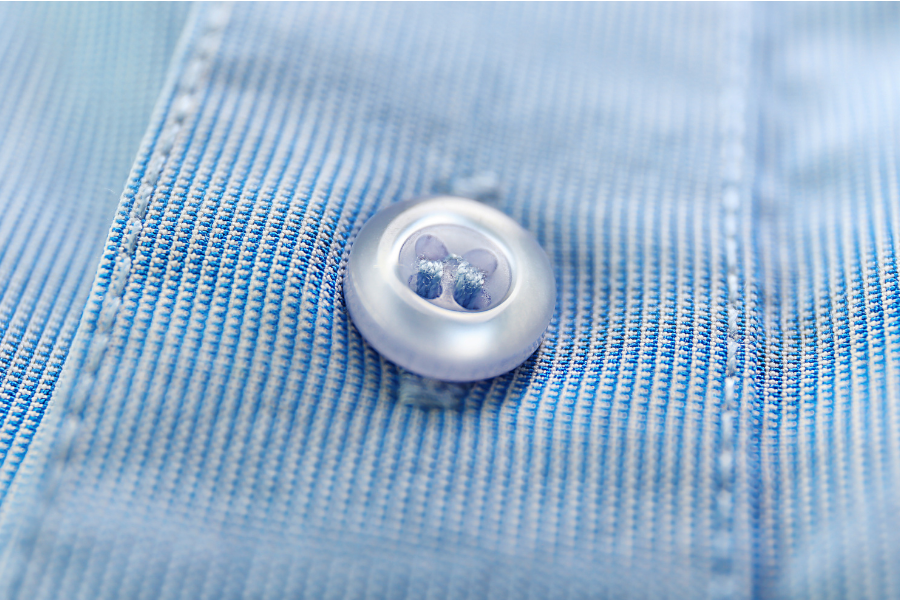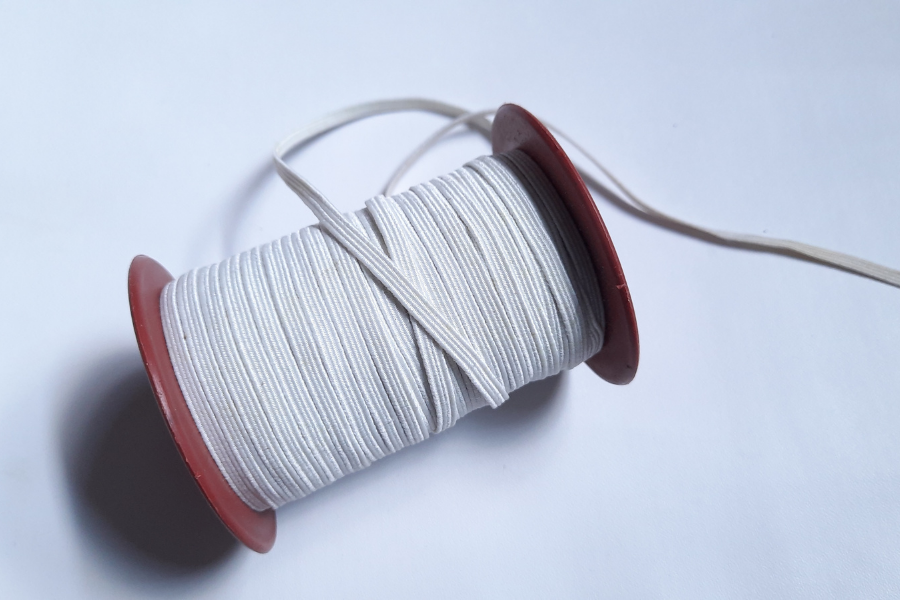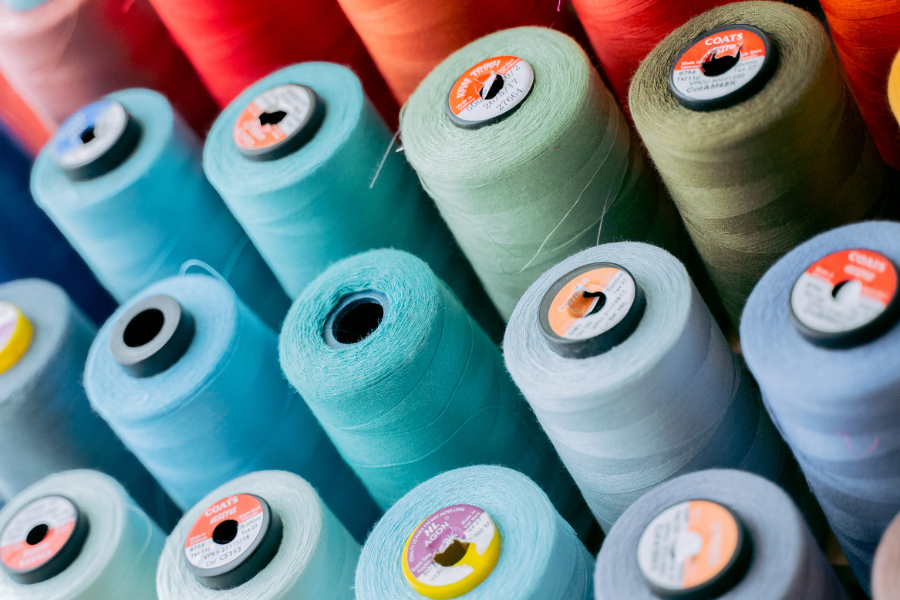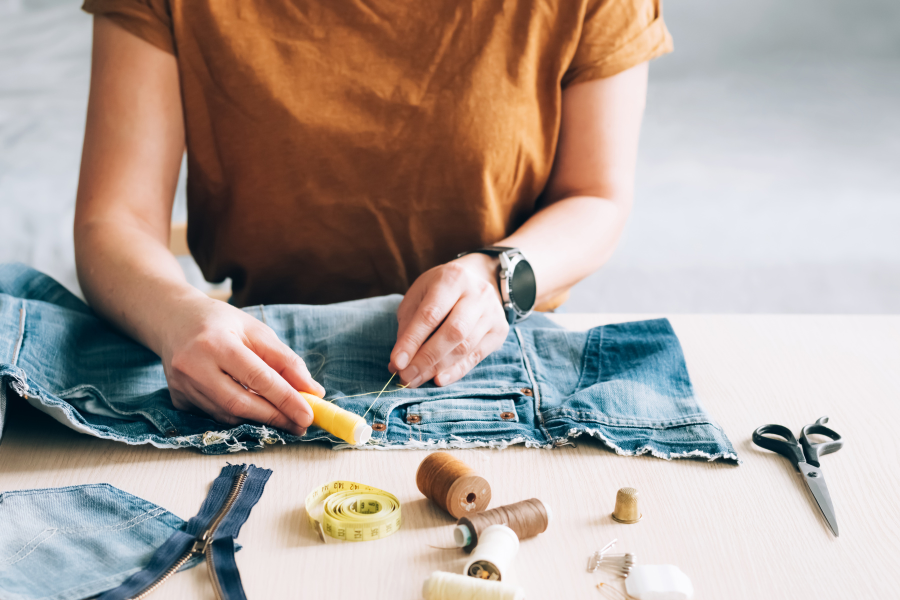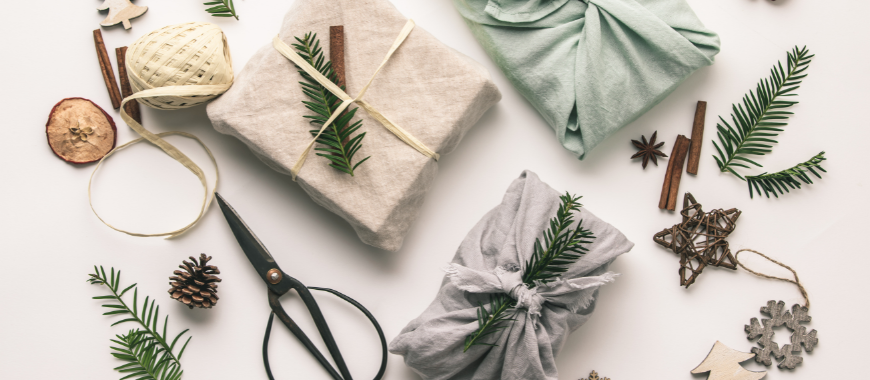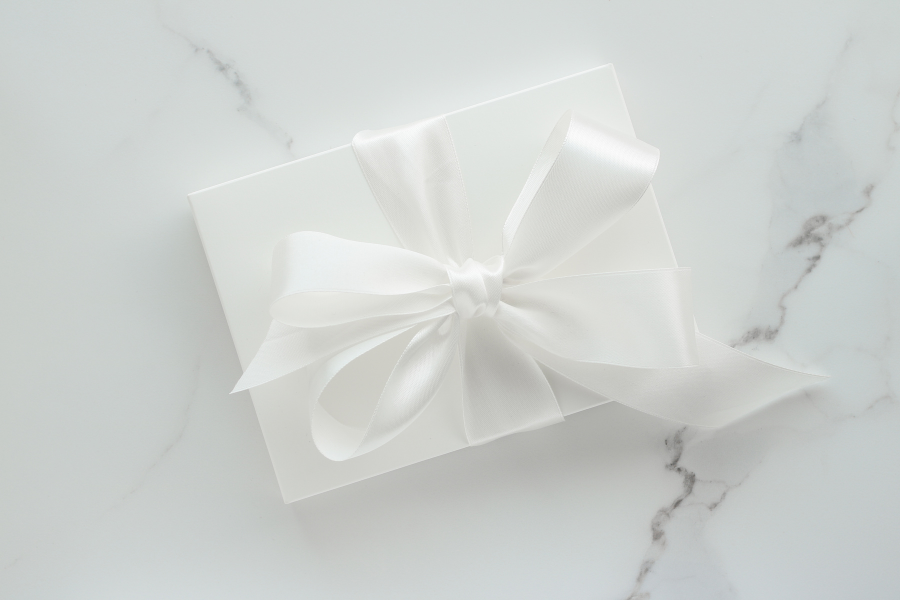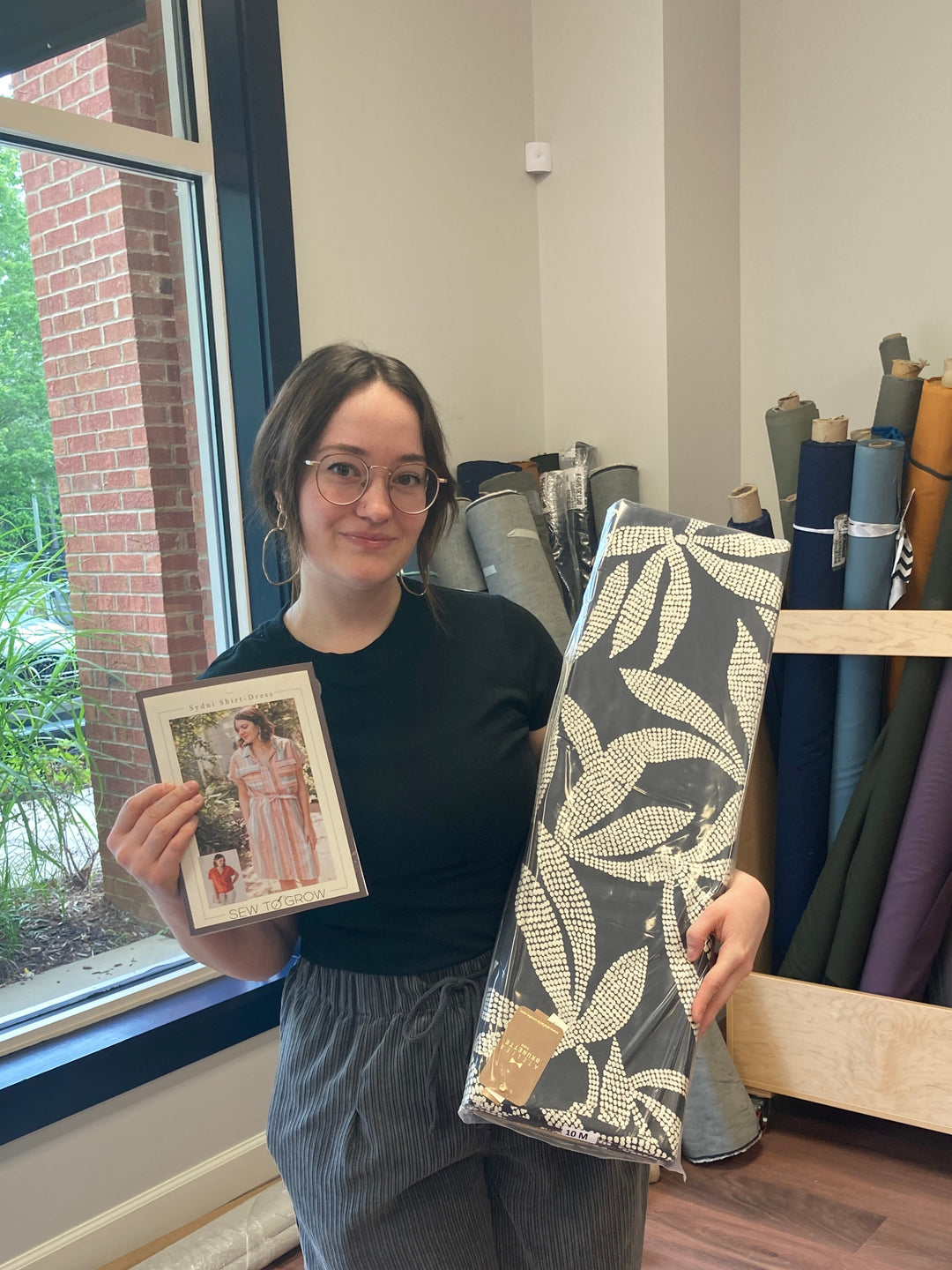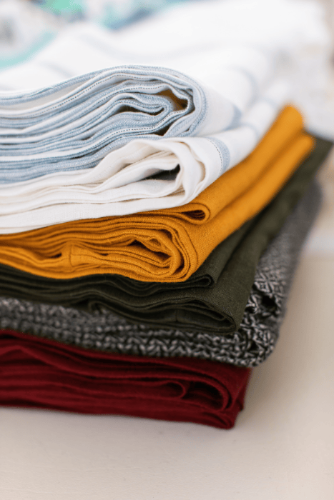What is Cupro?


Cupro is a vegan, biodegradable fabric made from pre-consumer cotton waste that drapes like silk.
Now, that sentence has a lot of words, but what does it mean?
Cupro is vegan in that, unlike wool, leather, or silk, no animals are used in the production. Cupro is made from plants, not animals.
Cupro is made from pre-consumer cotton waste. Often, you’ll find descriptions of Cupro as “recycled cotton” which has the mental connotation of saving t-shirts from the landfill. That is incorrect. Like in any industry, there are lower grades of cotton that don’t pass for use in the making of cotton garments such as the t-shirts that may have popped up in your mind. Maybe the fibers were too short, or the plant was damaged. Cupro takes those fibers that would have otherwise gone to waste and creates a new fabric.
More specifically, the production of Cupro fabric involves dissolving the unusable, too small cotton fibers, known as linter, into a cuprammonium solution (copper and ammonium.) That mixture is then mixed with caustic soda and spun into fiber.
If that sounds like a mess of chemicals, it is. You could try to balance the scales, environmentally, with Cupro all day long. On one hand, it’s using cotton that took a lot of water to grow and isn’t the most sustainable crop, but it’s already been grown and now not going to waste. Unlike fossil fuel derived synthetics, Cupro remains biodegradable. Cupro is washing machine friendly, so no dry cleaning needed. Cupro is breathable, comfortable, and like silk at a fraction of the cost. However, the chemicals needed to create Cupro from cotton do need to be disposed of properly.
Buying deadstock Cupro is making sure those chemicals that were used in the production of the fabric aren’t for nothing. It’s another link in the chain here at my little Sewing Studio where I try to keep quality fabrics from going to a landfill.
Cupro uses are as wide and varied as rayon.

This new Cupro in the shop is a deadstock. As you can see in the product photos, it drapes like silk moiré, while not quite as stiff as taffeta, you will want a pattern that is made for some architecture. This is a fabric you can drape a structured dress, but you can still have a soft flow to a skirt if you choose. The Burda 2012 Modern Minimalist collection comes to mind with this dress/shirt pattern:



If you’re more into classic stylings, I’d suggest a fit & flare such as Megan Nielsen Floreat, Sew Over It Rosie, or a Cashmerette Upton Dress :



I have also seen the Victory Patterns Ulysses Trench in both a Tencel Twill and in a Cupro:

Cupro fabrics more often come in sheer or lightweight fabrics closer to a challis or blouse silk like these deadstocks I had a couple years ago that draped like liquid metal:

Or sometimes I’ll find a Cupro-blend or a jacquard fabric with a texture:

No matter the substrate, I do want to save as much quality deadstock from landfills as possible and deliver it to your wardrobe!




